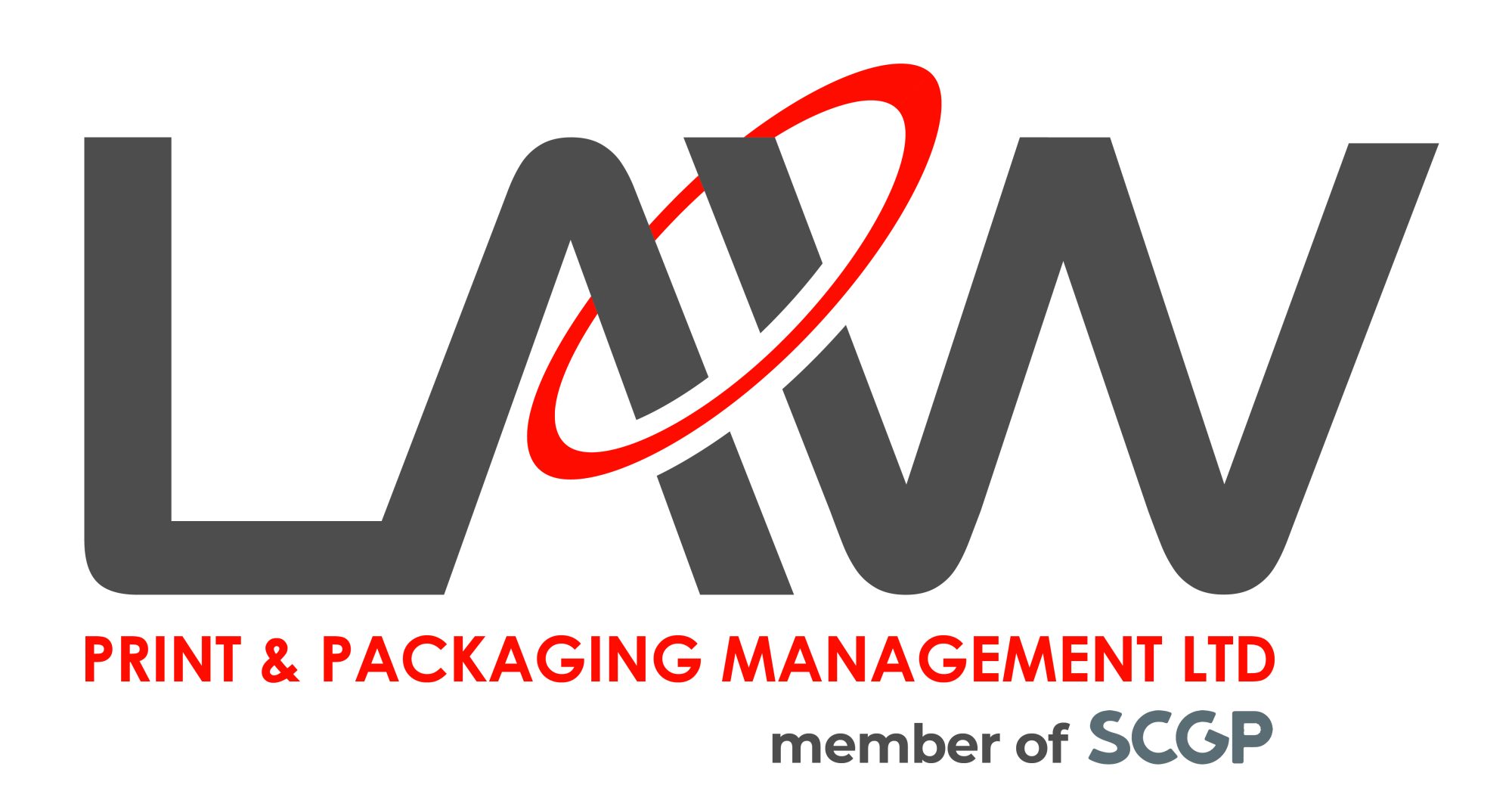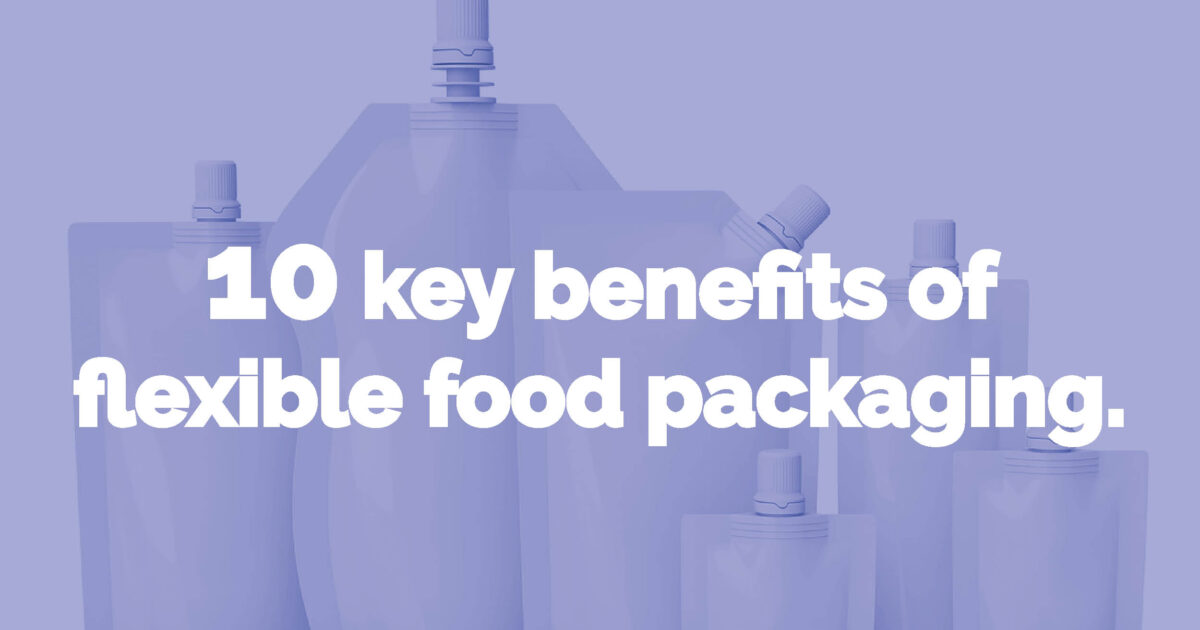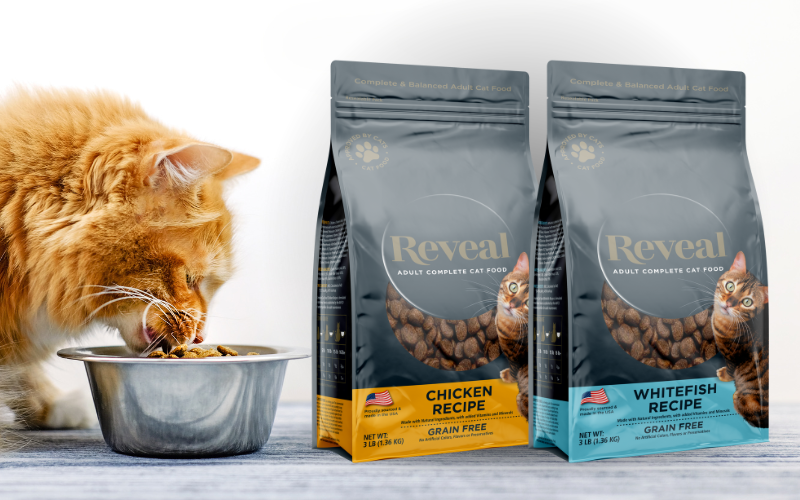At Law Print we’ve witnessed first-hand the trend towards a more flexible way of life. The flexible food packaging market is still forecast to grow at an annual average rate of 3% reaching $248 billion in 2020, with food occupying over 70% of the global consumer flexible packaging market.
So, what are the key reasons for brands abandoning traditional rigid containers? Why are flexible food packaging solutions such as stand up pouches and flat bottom bags on the rise? As more and more companies adopt flexible food packaging solutions we take a look at just some of the reasons why it makes business sense.
Lowering Costs
Music to every businesses ear. Flexible packaging can significantly lower packaging costs as less material is used in the production process. The costs also transfer across the supply chain, with savings on storage, warehousing and distribution.
Lightweight
Flexible food packaging solutions such as pouches are far more lightweight than rigid materials such as glass and jars. Retailers and supermarkets are looking for products offering convenience for their consumers. With flexible packaging being easier to carry and handle it ticks many boxes for the people you’re trying to appeal to in store.
Differentiate your product
In our digital world, strong visual packaging can be a real differentiator for shoppers. Some businesses have reported a 30% increase in consumer interest when those businesses show a strong attention to packaging. Flexible packaging allows brands to differentiate their product on saturated shop floors, impressing retailers and consumer alike.

Appeal to the Millennials
Millennials are one of the largest generations in western history. In 2015, Millennials represent a quarter of the UK population and 94% feel it’s important to have a unique identity. This demographic is notorious for growing increasingly loyal to independent brands and market pioneers. Flexible packaging has proven its appeal with this crowd as it ‘breaks the traditional mould’.
Reduce Waste
Pouches used in food packaging are smaller than rigid container counterparts using 60% less plastic and can be up to 23% lighter. Items such as Stand Up Pouches and Flat Bottom Bags can have a higher product to package ratio and can even require less than half the energy to produce.

Carbon Footprint
As well as improving waste levels, flexible packaging manufacture does not take as many resources to produce. Due to the smaller, compact packaging, more product can also be distributed reducing fuel costs, emissions and overall carbon footprint.
Improved Shelf-life
Advancements in the type of seal used in flexible packaging have massively improved shelf-life for flexible food packaging, keeping produce fresher for longer for retailers and end users.
Print Techniques
Flexible packaging allows for rotogravure printing techniques, up to 10 colours, producing extremely vivid colours and photographic images. This can be a major selling point for brand owners who have previously been restricted to flexographic printing. Although the costs can be higher turnaround times are quick making it a suitable option for large prints runs.

Recyclability
A real buzzword for packaging with many businesses and consumers set on using recyclable materials to support wider corporate responsibility.
When it comes to flexible packaging recyclability is a difficult subject to define. Although flexible pouches are not recyclable they technically create less waste than many ‘recyclable materials’ with their use preventing millions of tonnes of waste in landfills.
Customisable
Flexible packaging is extremely versatile and can be customised to meet much different food product’s needs. Packaging manufacturers can tailor Stand Up Pouches or bags to fit most shapes and sizes. Flexible by name, flexible by nature.
Convinced that flexible is the way forward?
Our team of packaging experts can assist you from design consultancy to final store delivery. We have helped many brands to market with bespoke flexible food packaging solutions tailored to their every need.
Subscribe to our newsletter for all the latest packaging news and insights


